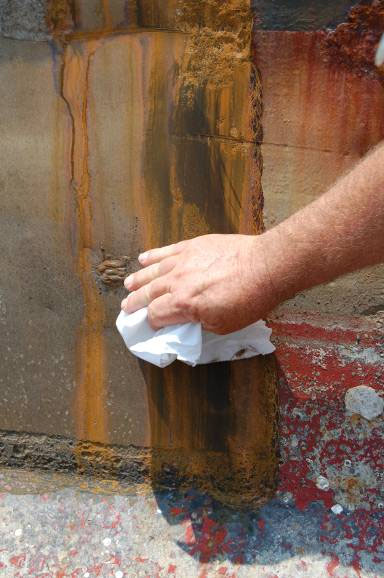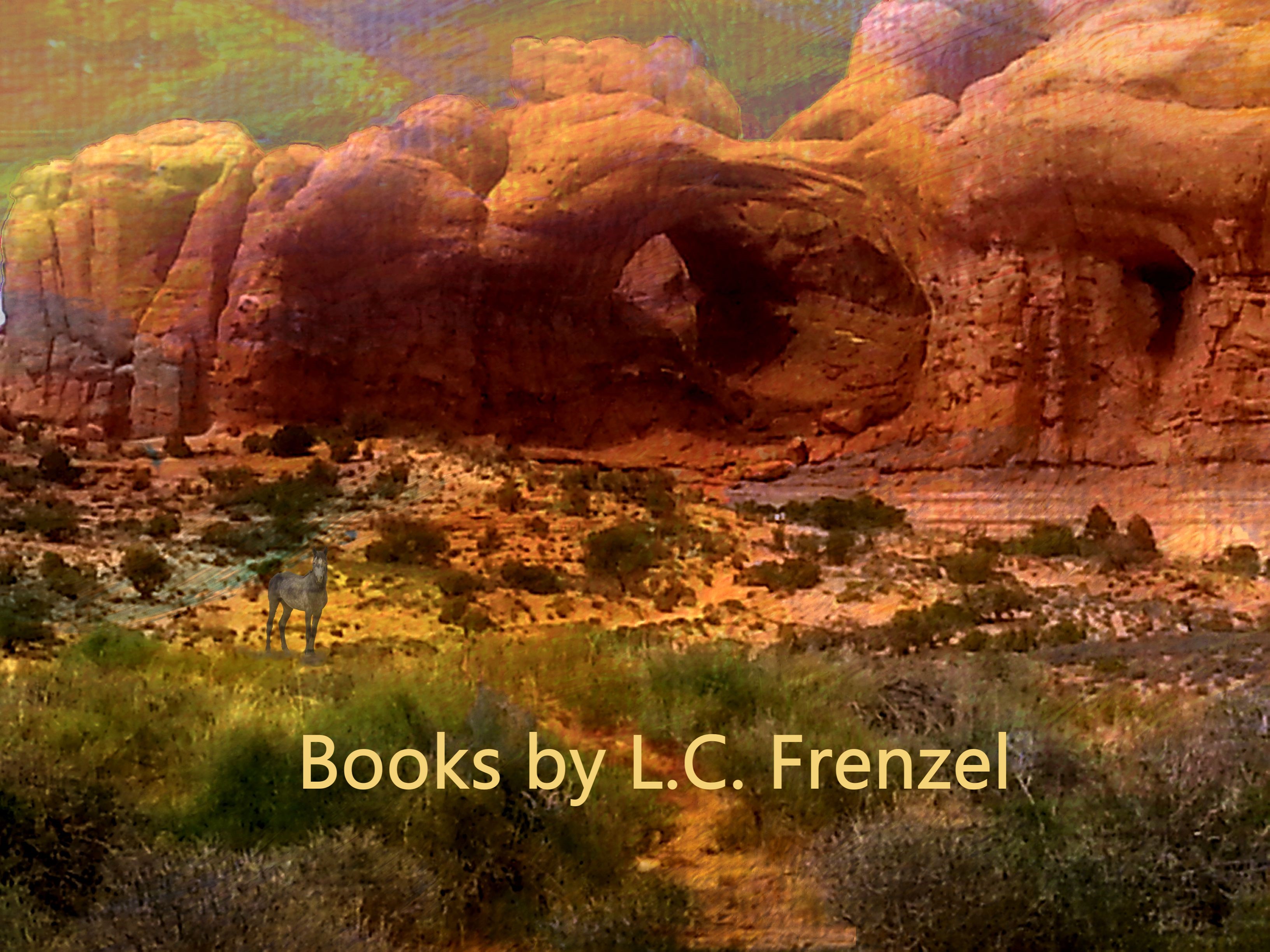Helpful Downloads-
1a. Water is True Grit! Introduction speech for using waterjetting in surface preparation for general audiences. True Grit
- Evaluation of 20,000 PSI Water Jetting for Surface Preparation of Steel Prior To Coating or Recoating, L.M. Frenzel, Robert De Angelis, John B. Bates, 1983, the White Paper Monograph which started use of hydroblasting in coatings. frenzel deangelis bates 1983 White Paper
- Ultra-High Pressure Water Jetting (UHP WJ): A Useful Tool for Deposit Removal and Surface Preparation, J.J. Howlett, R. Dupuy (UHP Projects), NACE Corrosion92, paper No. 253, 1992, the paper which defines 30,000 psi surface preparation, [hydroblasting ] Dupuy Howlett NACE Paper 1992
- The Effects of UHP Surface Preparation [hydroblasting ] on Concrete Moisture Levels Using UHP Water Jets, Todd A. Shawver, 2005 WJTA American Waterjet Conference, Paper 5B-4 5B-4 shawver concrete moisture wj
- A comparison of ISO and NACE-SSPC Development of Surface Preparation Standards including Dry Abrasive Blast and High Pressure Water Jet Cleaning Methods, L.M. Frenzel, Fixing Pipeline Problems Conference, Pipeline Rehabilitation, Berlin Germany, 2012, Frenzel Comparison of ISO and NACE surface preparation 2012 berlin
- Microscopy and Stress Analysis of Steel after cleaning with Abrasive Blasting or UHP Waterjetting (Hydroblasting) Materials Evaluation Lab effect on surface 1991 Page 1 sanatized
- NAVSEA Informal report comparing Salts left on surfaces after abrasive blasting and UHP Waterjetting (Hydroblasting) NAVSEA_SALT holmes foster 1997 dry wet
- NAVSEA informal report on analysis of black stain from under coat corrosion which is left by waterjetting navy_stain_analysis_cv_ca amsec
- Series of black stains left on flight decks after waterjet cleaning, and also some light flash rust Series of example flight deck photos
- National Shipbuilding Research Program (NSRP) project 0329, June 1991 “The Effects of Sbustrate Contaminants on The Life of Epoxy Coaatings Submerges in Sea Water” by Dr. Gerald Soltz. This study has been controversial, but Lydia Frenzel has confirmed that, “High Humidity is the cause of “steel Rust Back” is FALSE. ” Properly cleaned steel will not rust for thousands of hours, even at 100% relative humidity. Problems with surface rerustng after blasting, indicates that there is still undesirable contamination on the steel’s surface.” Lydia Frenzel has placed old rusty panels cleaned by abrasive blasting or by UHP WJ waterjetting (hdroblasting) above water for years. The abrasive blast cleaned surface quickly develop localized corrosion sites around crystals of salt; the WJ cleaned panel just doesn’t turn. Dr. Soltz has later papers at SSPC proceedings and at the JPCL. 0329_soltz_salt
- NAVSEA- This is an informal report by NAVSEA on forming a profile in existing paint by hydroblasting (Waterjetting) and the adhesion tests. Much more recent is the NSRP “Spot and Sweep” Projets found on the nsrp.org website. navsea lever holmes cavi-blast foster pull profile ameron
- Copyright by SSPC in 2001; Fred Berry, Wayne McGaulley, and William Shepperson- Comparison of Secondary Surface Preparation Over Waterjetting surface and the effect on Coating Performance. They conclude “Peak density is reduced by surface preparation that implements mechanical deformation of the surface, though without magnification, water jetting does not appear to impart a profile.” “The effects of water jetting on surface profile were undetectable using either Testex tape or profilometer.” “The data show no significant difference between the adhesion of coatings to the various surface preparations used.” “Water jetting may affect substrate surface energy.” Webmaster note- The Waterjet community knows that waterjet cleaning can peen the substrate. waterjet_navy_2001_sspc_profile_berry
- Federal Highway Research Administration (FHWA)- Maintenance for Bridges containing Lead Based Paint.
This is a series of cost and production comparisons for surface preparation for Steel Bridge Paint Systems (Lead Based Paint) sponsored by the Federal Highway Research Administration, 2001, with Corrpro.
“COST EFFECTIVE ALTERNATIVE METHODS FOR STEEL BRIDGE PAINT SYSTEM MAINTENANCE”
FHWA: CONTRACT NO. DTFH61-97-C-00026 September 2001, Corrpro
A cost model for bridge painting maintenance was developed to aid specifiers in evaluating the costs associated with currently available painting technologies. A myriad of design approaches, surface preparations, and coating systems are currently available to engineers tasked with maintaining painted bridges. This cost model allows quick and easy comparisons between many of the current options for steel bridge painting. The information used for the model is based on actual field observations1 and current industry practices. This “User’s Guide” describes the model’s primary components and features and the basic operation of the cost model.
Click on the rep name to download the file.
Report 2 covers ElectroStrip (c) Methods to remove Lead Based Paint (LBP) REP2
Report 3 covers ABRASIVE INJECTED WATER BLASTING (AIWB) FOR THE REMOVAL OF LEAD-BASED PAINT (wet abrasive blast cleaning WAB) REP3
Report 4 covers: THE USE OF RAPID DEPLOYMENT SYSTEM(TM) IN THE REMOVAL OF LEAD BASED PAINT REP4
Report 5 covers: REMOVAL OF LEAD-BASED PAINT USING RECYCLABLE STEEL GRIT REP5
Report 6 covers: ABRASIVE BLASTING USING TORBO®WET ABRASIVE BLASTING SYSTEM (Wet Abrasive Blast Cleaning) (WAB) REP6
Report 7 covers: THE USE OF ADMIXTURE BLENDED ABRASIVES AND LIQUID APPLIED
PRETREATMENTS IN THE REMOVAL OF LEAD-BASED PAINT (chemical strippers) The admixture is a fine, dry material that is blended with the abrasive used. The liquid pretreatment is a liquid material that is sprayed on the painted surface at a specified thickness, allowed to dry, then blasted off with the underlying lead-based paint. These products are intended to reduce the amount of leachable lead in the waste produced during blasting operations as indicated by the Toxic Characteristic Leaching Procedure (TCLP) test. Each user of these products must perform the correct testing to determine
if the waste is hazardous. REP7
Report 8 Covers: REMOVAL OF LEAD-BASED PAINT USING WATERJETTING (HydroBlasting, Water Jet Cleaning) REP8
Report 9 covers: FIELD METALLIZING HIGHWAY BRIDGES (zinc or zinc/aluminium) REP9
Report 10 Covers: MAINTENANCE PAINTING MATERIALS: LABORATORY EVALUATION OF FOIL TAPE COATING VERSUS MOISTURE CURED URETHANE COATINGS REP10
The Users Guide Final and The Cost Model Example details the objects and factors that make up the cost to end up with cost per square foot. User Guide final cost model CM Examples
Finally there is an excel sheet where the input can be placed. If this excel sheet doesn’t work- drop me an email. DTFCost
13. Monograph on “Why Steel substrates look gray after water jetting? What does the profile look like under corrosion? Why is steel matte gray after Waterjetting (hydroblasting) grey steel
14. What do I mean when I say the surface is Fractal? What is the surface appearance?











